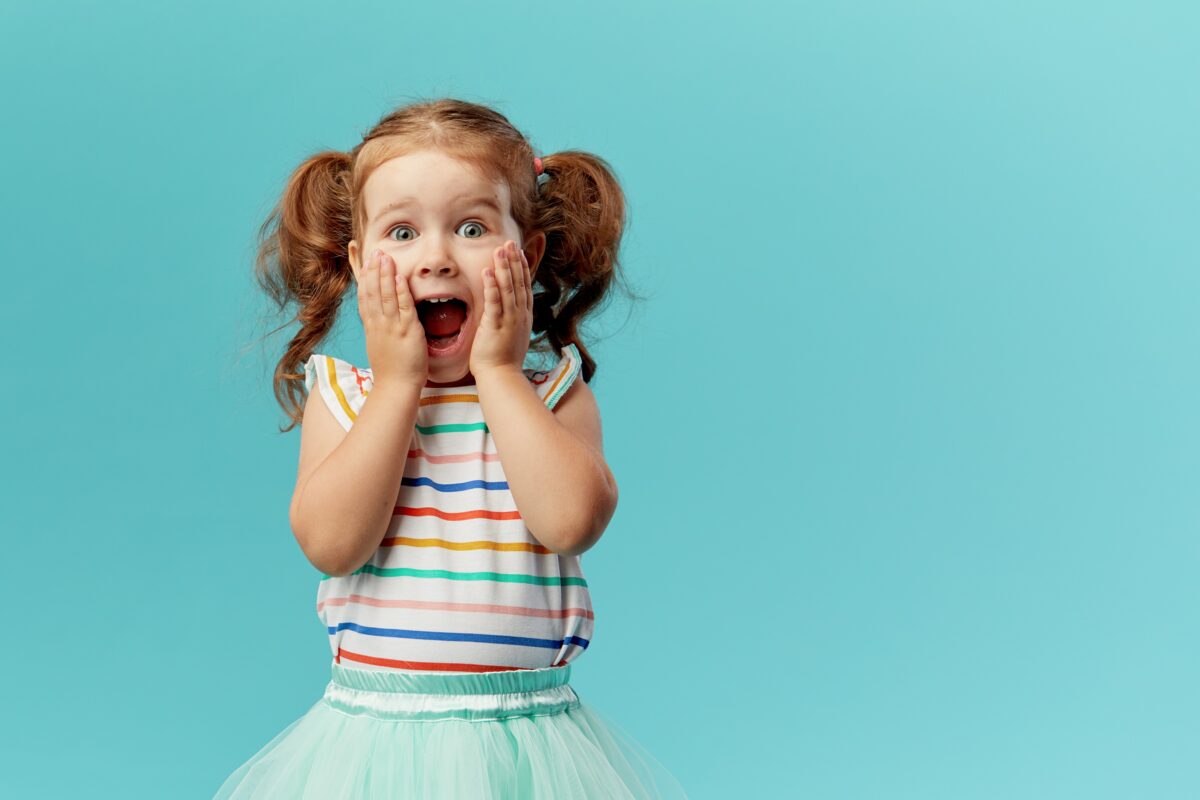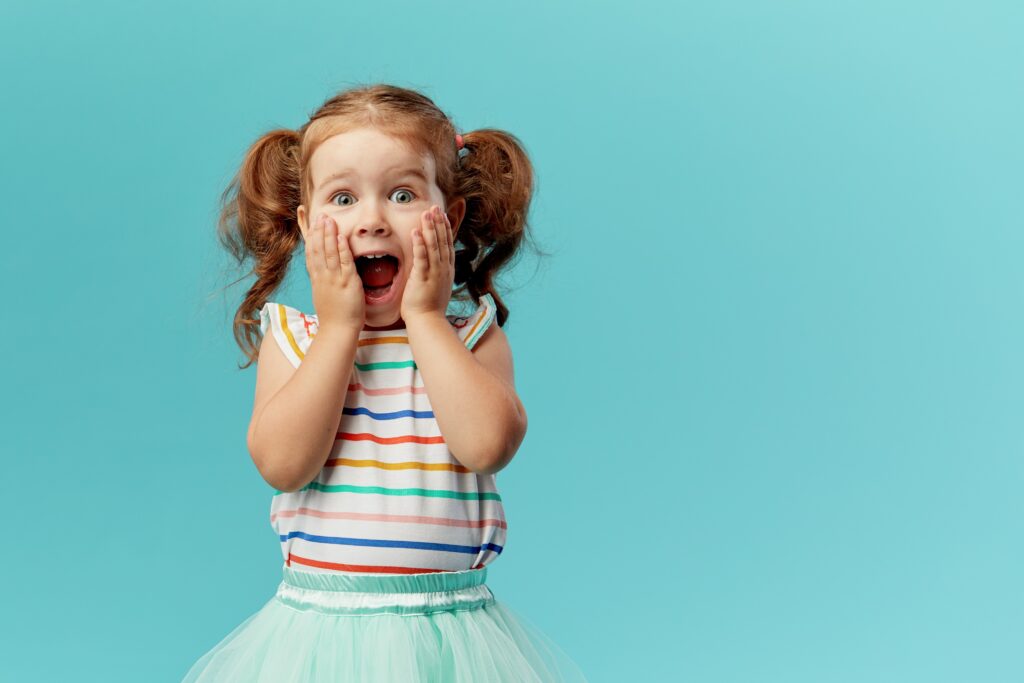
Toddlers Learn More Effectively When Faced with Impossible Events
A new study from Johns Hopkins University has found that toddlers aged two to three are more likely to learn effectively after witnessing events they perceive as impossible, not just unlikely. This study provides insights that could significantly influence early childhood educational methods, suggesting that creating “puzzling” or surprising moments could enhance young children’s engagement and learning.

Note: This article is intended for general information and educational purposes. It summarizes scientific research in accessible language for a broad audience and is not an official scientific press release.
Study Background
According to Neuroscience News, this study was led by researchers Lisa Feigenson and Aimee Stahl at Johns Hopkins University’s Laboratory for Child Development. It was published in the Proceedings of the National Academy of Sciences (USA). Feigenson and Stahl have extensive experience in early childhood cognitive development and sought to investigate the learning mechanisms in very young children, especially focusing on how they process possibilities and impossibilities.
In the study, two- and three-year-old children were introduced to a gumball-like machine filled with toys. Each child was given a chance to draw a toy from the machine. Some children saw a mixture of pink and purple toys inside, while others saw only purple toys. The key twist occurred when a child drew a pink toy from a machine that appeared to contain only purple toys—an impossible outcome given what the child had observed.
After drawing their toys, the children were told a made-up name for their toy and were later asked to recall it. The researchers measured learning effectiveness by testing if the children could remember the name of the toy they received. Those who experienced an “impossible” outcome — receiving a pink toy from a machine without any visible pink toys — demonstrated significantly improved recall compared to children who experienced either probable or improbable outcomes.
Previous studies in early childhood cognitive science have explored how children learn from surprising events, but this study takes a novel approach by differentiating between improbable and impossible events. While it’s been known that unexpected situations capture children’s attention, the researchers here aimed to see if events that truly defy expectations might spark deeper cognitive engagement.
What Makes This Study Unique?
Differentiation Between Impossible and Improbable Events. This study goes beyond prior research by examining whether young children can distinguish between unlikely and outright impossible situations. By carefully designing situations where children would witness “impossible” events, the researchers could measure how much deeper the children’s engagement and curiosity became in comparison to events that were merely unlikely.
Focus on Learning Mechanisms in Very Young Children. Most cognitive studies around curiosity and learning focus on older children who have developed more sophisticated language skills. This research uniquely targets two- and three-year-olds, showing that even toddlers, who may not yet know words like “impossible” or “improbable,” nonetheless differentiate between these concepts in a way that impacts how they learn.
New Insights Into Curiosity-Driven Learning. While much is known about the role of curiosity in adult and adolescent learning, little research has explored this in toddlers. By showing that impossible events trigger a search for explanations among toddlers, this study adds to the understanding of curiosity-driven learning at its earliest stages.
The key conclusions reached by the researchers
- Toddlers Learn Better After Witnessing Impossible Events: Children exposed to impossible events demonstrated significantly better recall of toy names than those who witnessed probable or improbable events.
- Impossible Events Spark Deeper Engagement: Toddlers showed signs of enhanced curiosity when confronted with impossible outcomes, suggesting that they actively search for explanations.
- Improbable Events Do Not Enhance Learning: Children who saw improbable (but still possible) events didn’t exhibit the same learning boost as those who witnessed impossible scenarios, underscoring a distinction in how these young learners process surprising information.
- Cognitive Processing of “Possibility” Emerges Early: This study provides evidence that children as young as two years old are already reasoning about what is possible and what is not, even if they lack the language to articulate these thoughts.
- Potential for Practical Application in Early Education: By fostering “puzzling” or seemingly impossible moments, parents and educators could significantly enhance learning engagement among young children.
Implications for Science, Medicine, and Society
Educational Innovation. The findings from this research could inspire new early childhood teaching methods. By intentionally incorporating moments of mystery or mild incongruity into learning activities, educators could potentially tap into toddlers’ natural drive for exploration, leading to more effective engagement in early learning settings.
Scientific Understanding of Cognitive Development. For scientists studying cognitive development, this study suggests that children are equipped from a very young age to process and categorize experiences based on their likelihood. It reinforces the idea that human cognitive abilities to assess possibility emerge early, supporting the theory that these judgments are foundational to human thought rather than learned behaviors.
This research highlights how creating puzzling or seemingly impossible scenarios can stimulate a child’s natural curiosity, which is crucial for cognitive development. By engaging children in moments that challenge their understanding, parents and educators can encourage deeper cognitive processing, critical thinking, and memory skills. Applying these findings could help design early learning experiences that foster exploration and adaptive thinking, ultimately supporting a child’s cognitive growth in meaningful ways.
Potential Impact on Parental and Caregiver Interactions. Parents and caregivers could leverage these insights by introducing young children to safe, surprising experiences to encourage curiosity and critical thinking. By understanding that toddlers are curious and capable of discerning impossible events, adults might encourage exploration and independent learning through hands-on, experiential activities.
Conclusion
The Johns Hopkins study brings exciting revelations about the nature of toddler learning and curiosity. By demonstrating that two- and three-year-olds learn more effectively from impossible events, this research opens doors to innovative educational techniques that foster curiosity-driven learning. As researchers like Feigenson and Stahl continue to uncover how young children think and learn, we gain valuable insights that could shape how we educate, parent, and understand the minds of our youngest learners.
The information in this article is provided for informational purposes only and is not medical advice. For medical advice, please consult your doctor.














